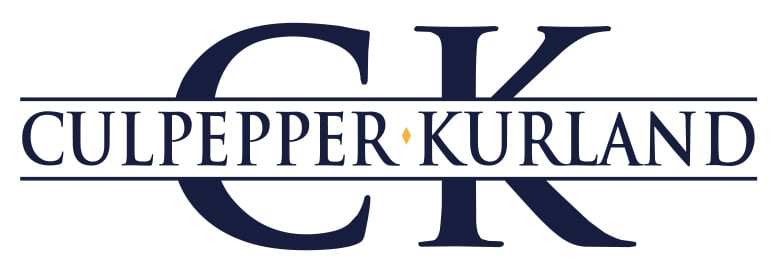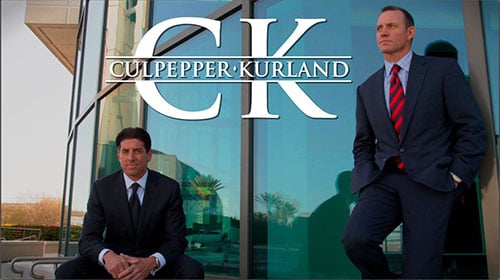Multi-vehicle crashes, like other accidents, almost always involve the negligent action of one or more drivers. This makes it possible to establish fault and even determine the degree of that fault. It’s not easy, but Florida residents can benefit from knowing how the process might go.
For example, a multi-vehicle crash might be the result of several rear-end collisions: Driver C hits Driver B, who is forced into Driver A. If Driver A and B were obeying the law, then they can hold Driver C responsible. Driver A cannot hold Driver B at fault even though the latter’s car was the one that actually collided with Driver A’s car.
Of course, if both Driver B and C were tailgating, speeding or violating the traffic laws in some other way, then Driver A can pursue a claim against both. At the same time, Driver B may be able to pursue a claim against Driver C despite being partially responsible for Driver A’s losses.
Establishing fault requires evidence, beginning with the findings of the police and with any eyewitness testimony. This can include testimony from those involved in the crash. Investigators may also gather and record physical findings at the crash site, such as vehicle debris and skid marks, that can help with a case.
Multi-vehicle crashes can result from drowsy, drunk or distracted driving, among other forms of negligence. For example, texting and driving can easily lead to a rear-end collision. Crash victims who intend to file a claim may want a lawyer to evaluate the case and determine how much they might be eligible for under Florida’s comparative negligence rule. The lawyer may hire third-party investigators to gather proof of the defendant’s negligence. He or she may then handle all negotiations for a settlement.


